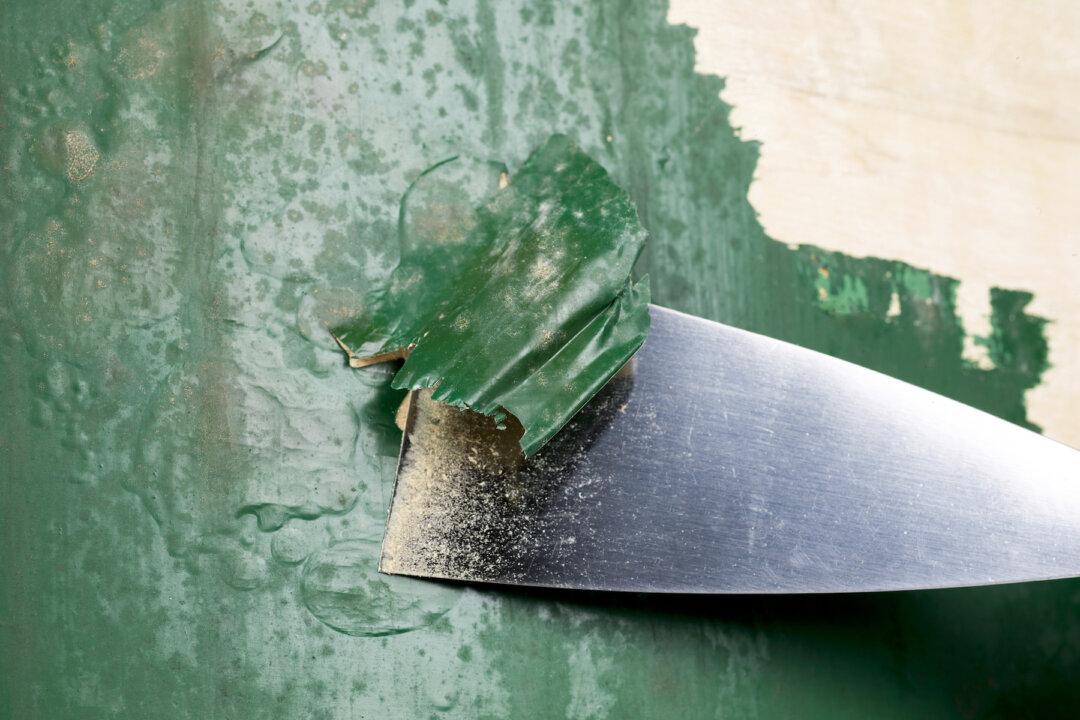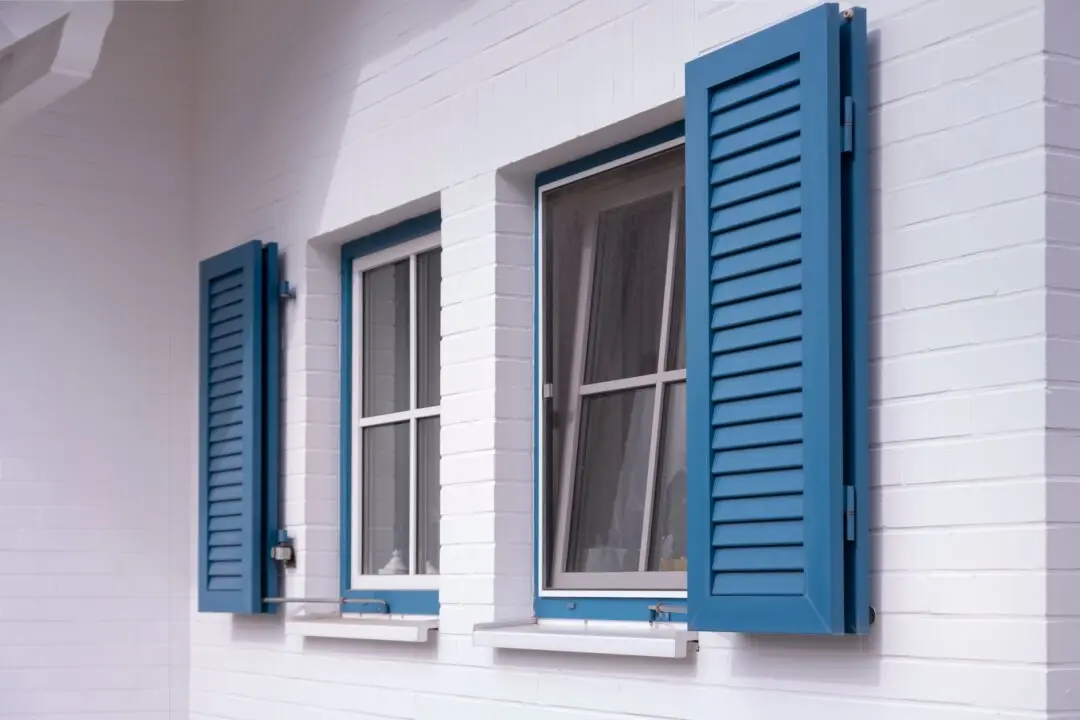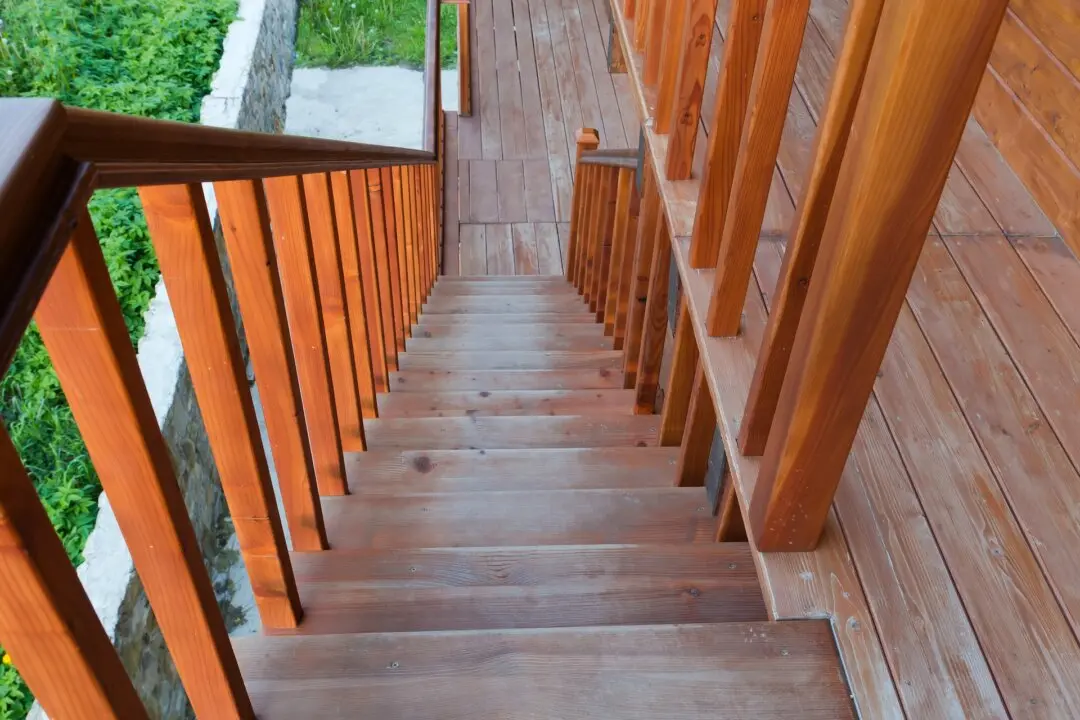Dear James: I need to paint my house, which has wood siding. The paint is in pretty bad shape. What is the proper way to scrape and prepare the wood surface so the paint will stay on longer and look better?—Lonny G.
Dear Lonny: You are thinking along the right lines. When people say they are going to paint their house, the painting phase is actually only about 10 percent of the project. The preparation takes the majority of the time and elbow grease by far. After all the preparation, the painting is the fun part of the job.





